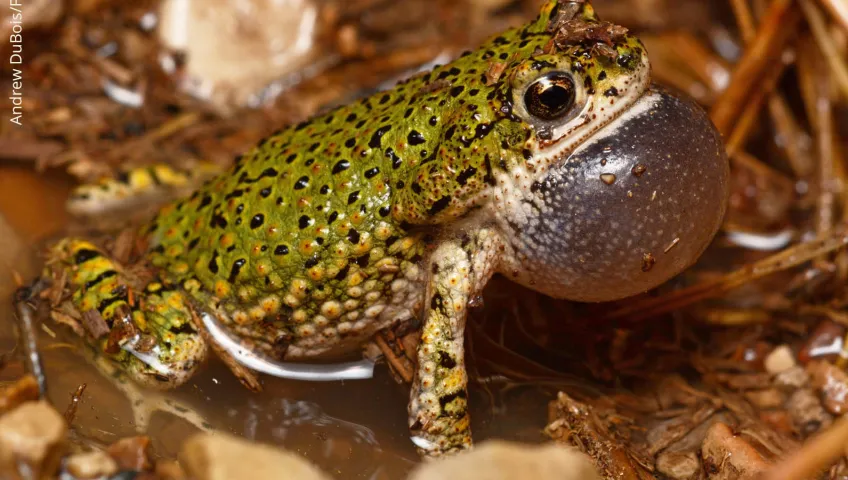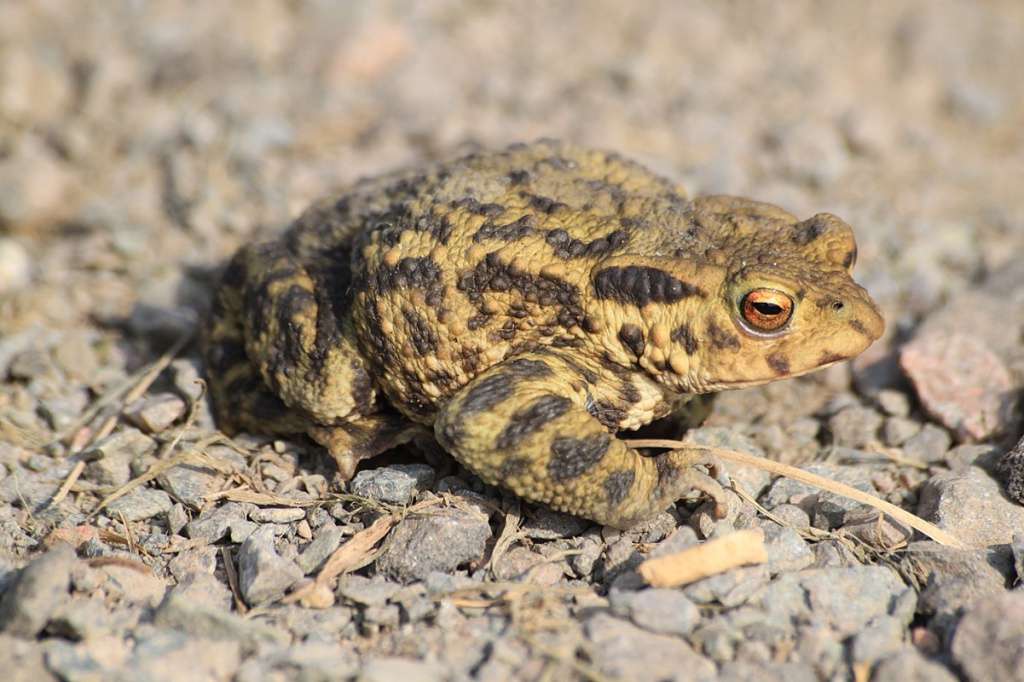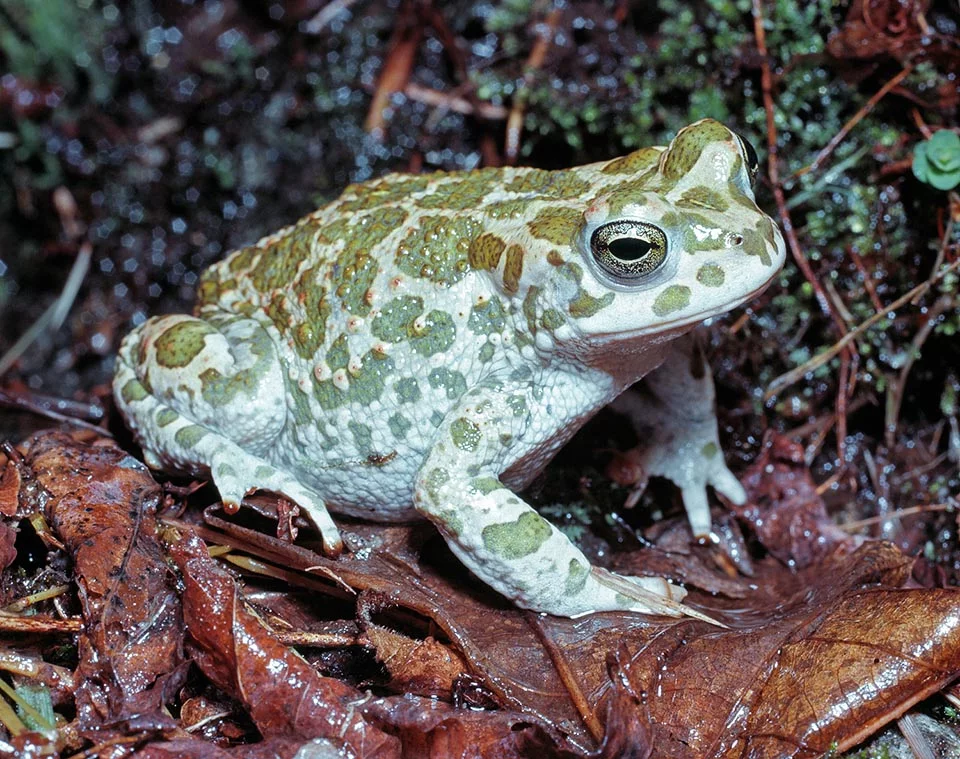
A species of toad is known as the green toad (Anaxyrus debilis). They are residents of the southwest, specifically in the states of New Mexico, Arizona, Kansas, Colorado and Texas. Additionally, they can be found in the northern states of Mexico, including in Tamaulipas, San Luis Potosi, Durango, and Zacatecas.
Green toads have black markings on their green or yellow bodies. They don’t resemble a big toad. Their maximum size is 2 inches. They only come out at night. In the spring, summer, and fall, they will reproduce. A male entering his area will call an egg-laying female.
Distribution and Habitat
The southwestern United States, specifically the Nearctic region, is where green toads (Anaxyrus debilis), are found. Northern Mexico has the largest populations of green toads. They are found in Mexico from the border with Texas south to Zacatecas and San Luis Potosi. Just south of the Arizona border, they are also present. Green toads can be found in central Texas, northward towards southwestern Oklahoma, and western Kansas in the United States. Additionally, you can locate them in southeast Arizona and southeast Colorado. A green toad does not move.
The northern Chihuahuan desert is one of the habitats for green toads, which are toads that live in deserts. There are habitats for shrubs, semi-desert, and shrub steppe in this desert. Many of these locations lack vegetation. The mesquite (Prosopis) shrubs that green toads burrow in offer protection and a way for the toads to control their body temperatures.

Appearance
Like their name suggests, adult green toads are primarily green with some yellow. Black dots are present on both sexes. On their bodies, these black patches frequently combine to produce black striations. Both sexes have a white, spotless ventral surface. Female green toads have white or yellow necks, whereas the throats of the males are black. The heads of both sexes are flat and wedge-shaped. Compared to females, male green toads are smaller. Snout-vent length (SVL) measurements for males ranged from 31.5 to 45.3 mm, while those for females averaged 43.2 mm (range 41.8–44.0 mm). The average body mass of female green toads was 10.0 g. (range 9.2 – 10.7 g). Average male mass was 6.0. (range 3.0 – 9.5 g). In other investigations, adult males were as tiny as 26 mm post-metamorphosis while adult females reached 54 mm SVL.
Tadpoles of the green toad have rounder bodies. The right side of their tail fins is where their anal tube opening is situated. Their tail fins are not fully formed, and their eyes are positioned dorsally. Their black abdomens have gold specks on them. Tadpoles are translucent from that. They mate when they are between 3.1 and 3.4 mm long.
Food
Tadpoles of green toads eat algae that grows on the bottom of ephemeral pools. Additionally, they consume periphyton and debris. Beetles (Order Coleoptera) made up 12% of the volume of their food, followed by ants (Order Hymenoptera), termites (Order Isoptera), caterpillars (Order Lepidoptera), and earwigs (Order Dermaptera). The contents of the stomach also contained plant stuff. They may also consume insects such as grasshoppers and crickets (Order Orthoptera).
Reproduction
Seasonally, from late March to July, green toads mate right after a significant downpour. Within vernal pools, they mate. Males attract females during this period by their chorus cries. Amplexus mating results in external reproduction since the eggs are released simultaneously. Males in reproductive activity range from 26 to 41 mm SVL. Around 37 mm SVL, male green toads join choruses. Females in amplexus in southwest New Mexico ranged in size from 44 to 54 mm SVL. During mating season, green toads have a large number of partners for mating and are polygynandrous.
Table





